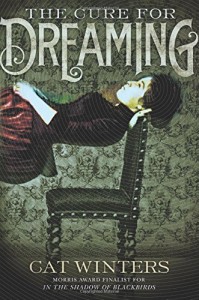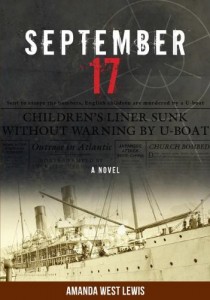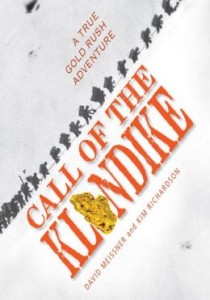Written by Cat Winters
If I said this is Dracula meets Susan B. Anthony, would it sound weird? Maybe, but Cat Winters makes it work. There is enough of Bram Stoker’s opus to pique the reader’s interest without giving away the entire story or being overly graphic. There is enough of women’s rights without being preachy. All the while, the author weaves in hypnotism and the power of words.
In 1900 Portland, Oregon, Olivia Mead turns seventeen only to have her father panic about her independence and strong mind. She attends a show by a hypnotist, Henri Reverie and becomes his main subject, unwittingly allowing him to turn her into a board that gets walked on. Her father decides Henri can make Olivia a more demure, subservient woman. The result is she sees monsters and can’t fight back, even in the face of real danger. She attributes this in part to her love of Dracula, but maybe there really are monsters. Meanwhile, the father of her suitor writes an editorial about why women don’t need the right to vote. Olivia anonymously submits a letter to the editor refuting all his claims. When the letter gets published, a firestorm results. Her own father thinks a man wrote the letter because it was too well written. Everything goes from bad to worse as Olivia and Henri get to know each other and plot to work things out. In the end, Olivia’s father pushes so hard, she is forced to find her voice (literally) and declare her independence.
Sixth grade readers will learn about Bram Stoker, life in 1900, women’s rights, and mesmerism.
 Title: The Cure for Dreaming
Title: The Cure for Dreaming- Author: Cat Winters
- Publisher: Amulet Books/Abrams, 2014
- Reviewer: Sue Poduska
- Format: Hardcover, 368 pages
- Grade Level: 6 up
- Genre: Fiction, women’s suffrage, Dracula, hypnotism
- ISBN: 978-1-4197-1216-6









